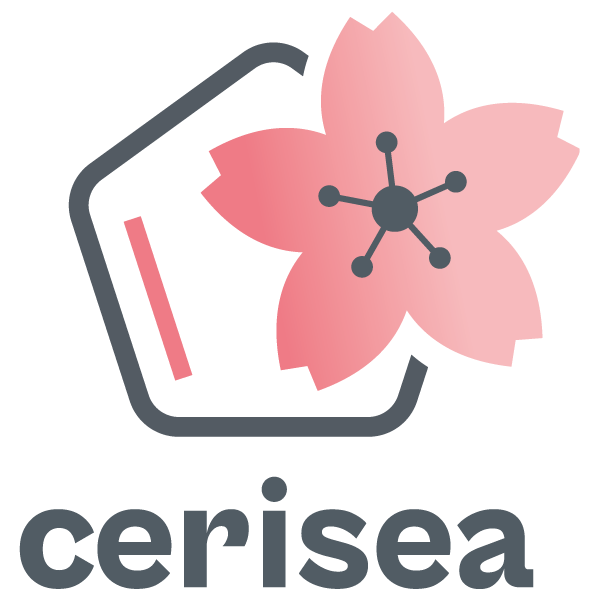Concept & Objectives

CERISEA uses a robust European work chain to produce the 5-Hydroxymethylfurfural (5-HMF) using fructose and advanced fructose from non-food side streams. The consortium led by Michelin will demonstrate, for the first time in Europe, a cost-effective, sustainable and resource-efficient process for producing HMF at an industrial scale (TRL8), with an annual production of 3,000 tonnes of pure HMF. Additionally, the process aims to optimise the separation and purification conditions of HMF using an energy-efficient method that limits water consumption.
This ambitious goal, along with securing the entire value chain to produce HMF, its derivatives, and end-products, will be achieved through the following nine key objectives:
(schéma)
- Build, commission, start-up, ramp-up and operate the first-of-its-kind industrial scale HMF production plant.
- Secure a consistent and sustainable source of feedstock and raw material while advancing the utilisation of advanced fructose.
- Valorise and validate HMF conversion into a very wide range of applications including araminolic resins, crop science, functionalised biopolymers (modified starch), functionalised compounds, polyesters, polyamides, polyurethanes and plasticizers meeting market demand.
- Valorise the by-products of the HMF production (humins) to reduce the cost and the environmental footprint.
- Ensure safety, quality, purity, and regulatory compliance of the Process, HMF, derivatives and end-products.
- Demonstrate the techno-economic, environmental and social sustainability of the entire value chain, including the end-products through LCSA.
- Demonstrate a first-of-its-kind sustainable full value chain on HMF production at large scale, from the feedstock supply up to the consumer.
- Ensure social and public acceptance as well as market uptake of CERISEA’s HMF and bio-based end-products.
- Prepare the replication of the CERISEA concept, based on the Process, by means of licensing in order to maximise impacts in Europe.
